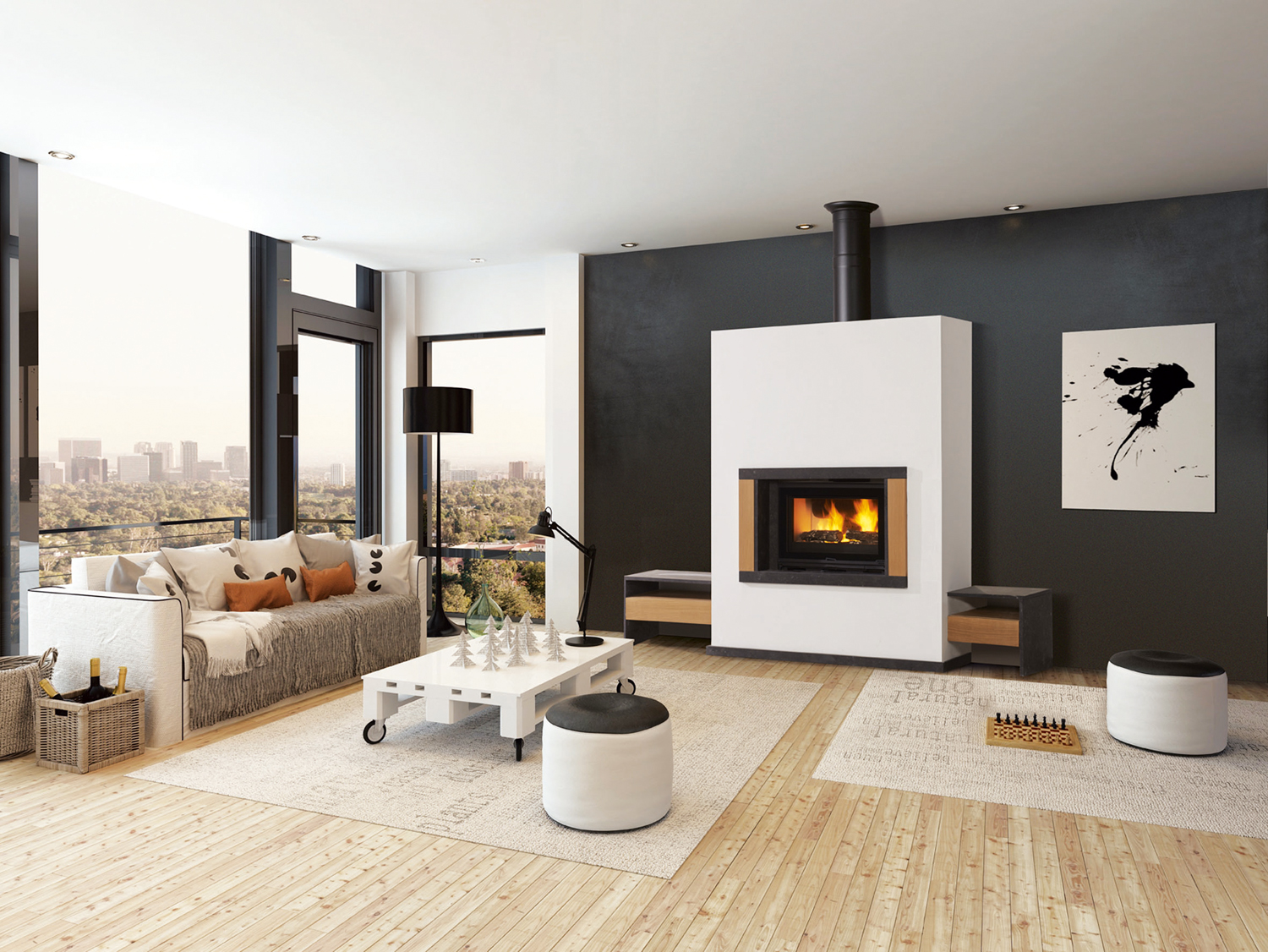Issue 6.5
When it comes to insulating our homes, many of us are left scratching our heads, but the benefits are bountiful. Renovate highlights both the temperature and sound barriers you can easily include when renovating — and, of course, the afterthoughts if you’re a little further along in your project.
Insulation has been identified by ResourceSmart as the single most efficient way to keep your home’s temperature at a comfortable level, but it has certainly been getting a lot of bad press recently. It’s vital to understand that there are many different ways to insulate a home, not just the installation of wadding in your ceiling cavities.
According to ResourceSmart, you can save up to 45 per cent on heating and cooling energy with roof and ceiling insulation, and up to an extra 15 per cent with wall insulation.
The two most common types of insulation are bulk insulation and reflective insulation. While bulk insulation (such as glasswool, wool, cellulose fibre, polyester and polystyrene) relies on trapped air to resist the transfer of heat, reflective insulation (usually foil laminated onto paper or plastic) reflects heat back in the direction from which it has come. Both are effective materials and you should speak with a professional to ensure you choose the most effective system for your environment. There is no one “best fit” solution that can be universally applied, so a tailored plan will ensure you achieve optimum comfort.
Wall insulation is much more cost-effective if done while your walls are being constructed, so be sure you factor it in early. Under suspended floors is another zone with the great potential to increase efficiency. A further 5 per cent of your energy costs can be saved by introducing the appropriate floor insulation.
Did you know?
Even verandah roofs should be insulated in hot climates where outdoor living spaces are used extensively. This reduces radiant heat gain, which not only affects the space below the awning but can affect conditions inside the house, too.
Ecovue, a specialist in double-glazing, is bemused by how few Australian households have embraced this very simple, efficient tool. Double-glazing has the benefit of insulating against temperature as well as sound. Two panes of glass with an air gap in between utilise the trapped air to minimise the transfer of heat. And when it comes to glazing being used as sound barriers it’s a simple equation: increase the space between the panes and increase the thickness of just one pane and you can stop traffic noise by up to 80 per cent.
Acoustic insulation isn’t just for keeping external noise out, either. You may be interested in creating a media room or home theatre that contains sound and doesn’t impact on the rest of the home. Another key area for sound isolation is pool filters. Insulating this machinery prevents the noise from irritating you and your neighbours.
Milli Aaron from Soundblock answers a couple of key questions on acoustic insulation.
If a home is situated near a busy road or flight path, what sort of acoustic solutions would you recommend?
Ceilings need barrier material draped in the ceiling over the rafters. NuWave loaded polymer is what we would recommend. The windows would require a secondary laminated glass window as the properties of glass are better than those of acrylic for reducing low-frequency noise. Acoustic seals can be fitted to front doors and if there are glass panels on the doors they can have an acrylic panel flush-fitted to bring up the density of the panel.
Can homeowners fix their acoustics if they’ve just completed a contemporary renovation and find that sound travels more than they would like?
Acoustic melamine foam tiles can be placed on the ceiling, not wall to wall, to absorb the reverberant noise. They are able to focus the sound in the room and bring it back to the same acoustics as with a carpeted home. They are usually white. Alternatively, fabric-covered panels can be added to the walls using an open-weave fabric such as those available from Rim Fabrics. There is a great range of colours and textures to choose from and the fabric-covered wall panels can be used by an architect as an aesthetic feature in rooms if planned in advance.
Resources
www.yourhome.gov.au
www.resourcesmart.vic.gov.au
www.ecovue.com.au
www.soundblock.com.au


